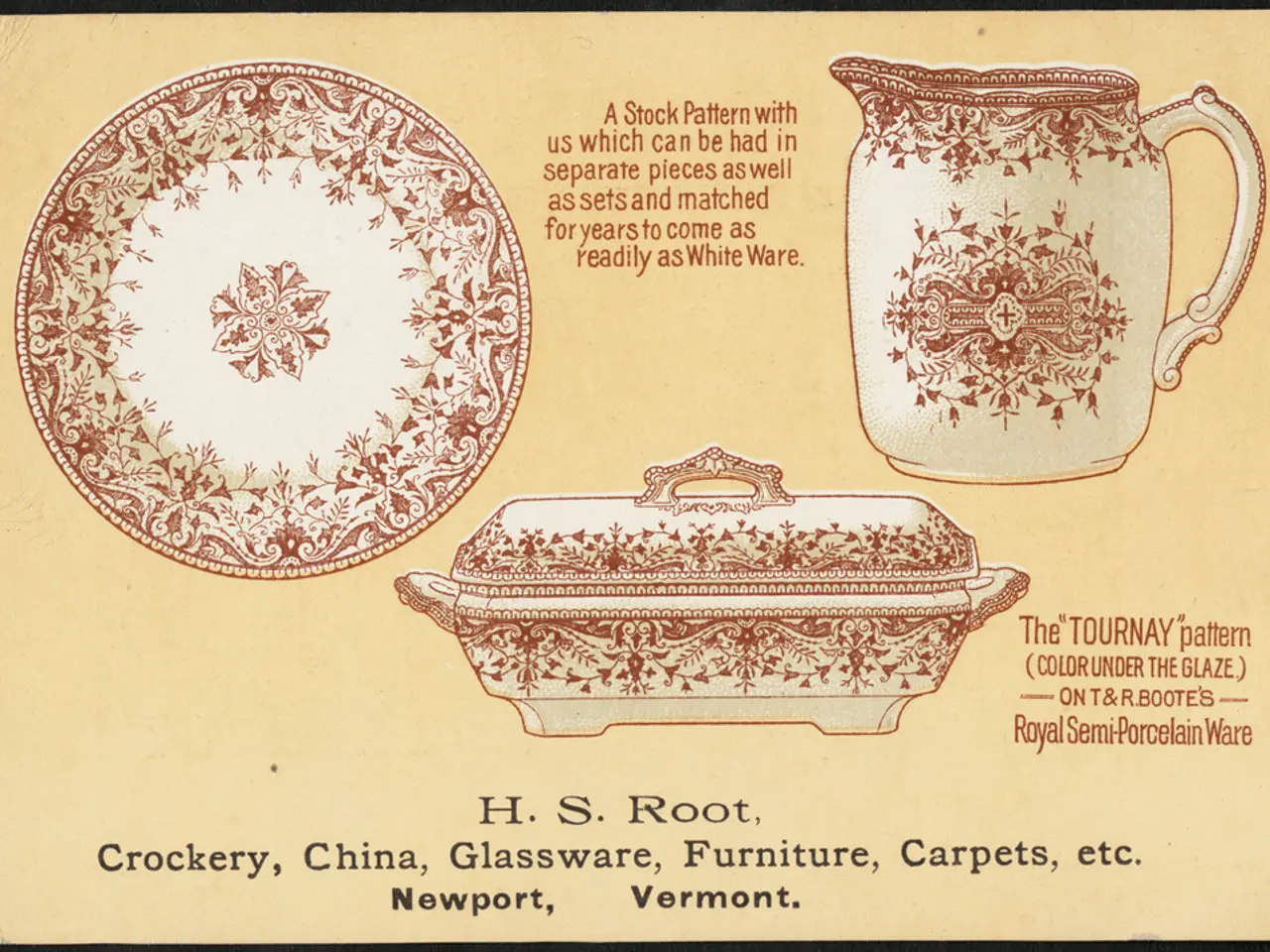Exploring the Impact of Artisanal Skills on Cultural Distinctiveness
## Preserving Cultural Identity Through Craftsmanship: A Timeless Link Between Past and Present
Craftsmanship has been an integral part of human culture, playing a significant role in preserving traditional techniques, materials, and designs that are unique to various communities and cultures. Historically, skilled crafts have been deeply intertwined with cultural identity and the transmission of heritage.
In the past, crafts such as blacksmithing, woodworking, weaving, and pottery were not only essential for daily life but also served as expressions of community values, traditions, and personal artistry. For instance, in North Georgia, enslaved and freed Black artisans used crafts as a means of self-expression and resilience, despite the erasure of their contributions by dominant narratives. In Indigenous communities, pottery was originally functional but evolved to carry intricate designs and symbolic adornments reflecting cultural memory and artistic innovation.
Crafts were passed down through generations, often within families or communities, preserving techniques, stories, and symbolic meanings. This intergenerational transfer was a form of resistance and continuity, especially during periods of displacement, colonization, and conflict, helping maintain a sense of collective identity. The materials and methods used—such as clay gathered from local riverbeds or tools carved from antler and stone—connected each piece to its environment and ancestral practices.
Today, craftsmanship continues to play a vital role in preserving cultural heritage and shaping identity, even as societies change rapidly. Contemporary artisans often reinterpret traditional techniques and motifs, blending them with modern aesthetics and materials. This dynamic process ensures that crafts remain relevant while honoring historical roots. Artisans and craftsmanship startups are recognized for reviving endangered crafts, creating economic opportunities, and fostering cultural exchange.
In times of crisis or displacement, craft practices offer continuity, psychological healing, and a tangible connection to heritage. Projects like community workshops or the use of traditional methods in rebuilding heritage sites help communities reclaim their narratives and foster resilience. The tactile, embodied experience of working with natural materials is increasingly valued for its benefits to mental health and community well-being.
Technological tools, such as virtual reality and digital documentation, are being used to record and share craft techniques, making them accessible to new generations and global audiences. However, these technologies are seen as complements rather than replacements for the hands-on, communal experience of crafting.
Preserving cultural diversity through craftsmanship is widely recognized as integral to social, economic, and political life. It enables individuals to learn about their own and others’ cultures, fostering respect and appreciation for global diversity. Heritage crafts also intersect with sustainability, as seen in initiatives that use local, recycled materials, support local economies, and reduce environmental impact.
In conclusion, craftsmanship has long served as a vital link between past and present, enabling communities to sustain their cultural identity and heritage through both continuity and adaptation. Today, it continues to provide a means of economic empowerment, psychological resilience, and environmental sustainability, while also facing new challenges and opportunities in a globalized, digital age.
- Incorporating traditional craftsmanship into modern interior-design can be a powerful way to showcase cultural traditions and honor ancestral practices, creating homes that not only possess aesthetic appeal but also reflect the lifestyle and identity of the inhabitants.
- The restoration of heritage sites using traditional craft techniques, combined with sustainable home-and-garden practices, demonstrates a commitment to both cultural preservation and environmental responsibility, ultimately contributing to the revitalization of communities and the promotion of a more diverse and resilient lifestyle.




